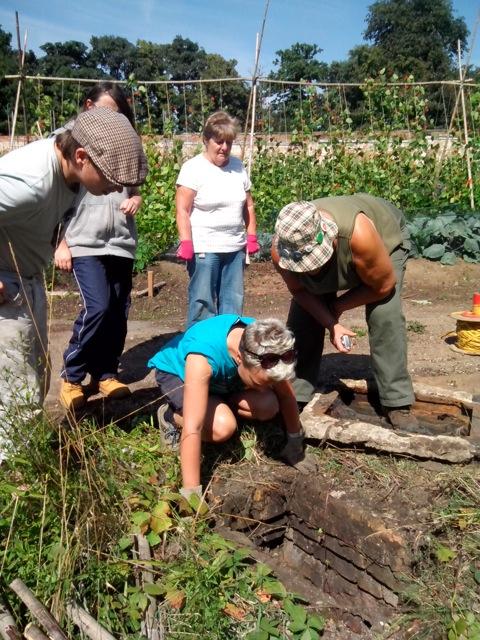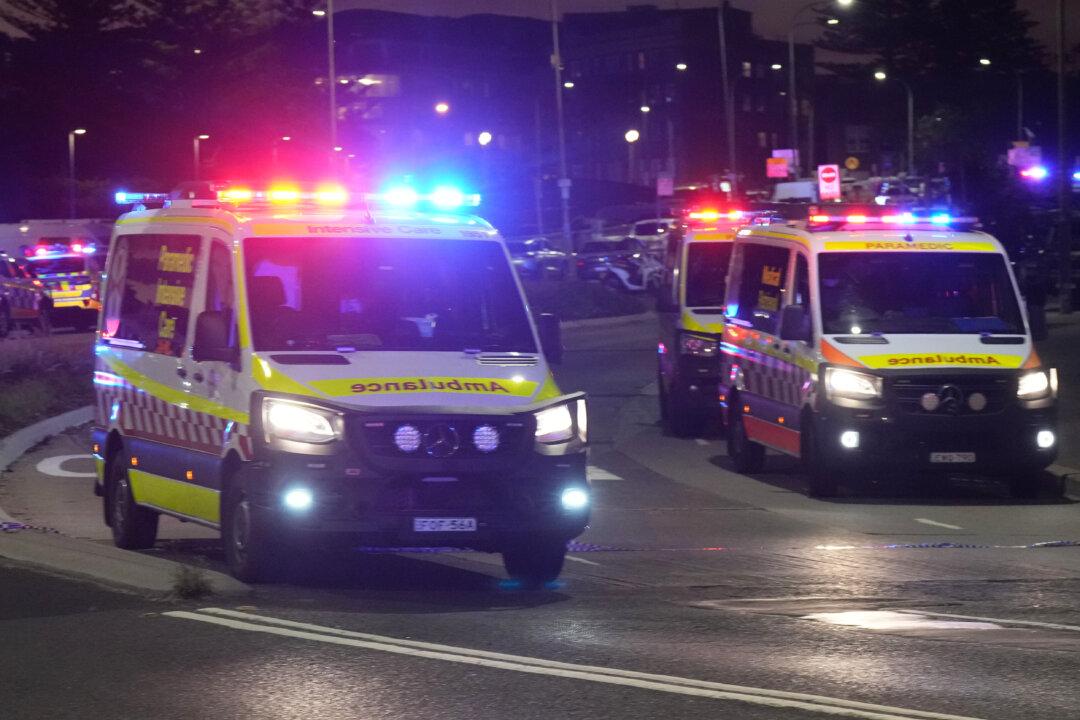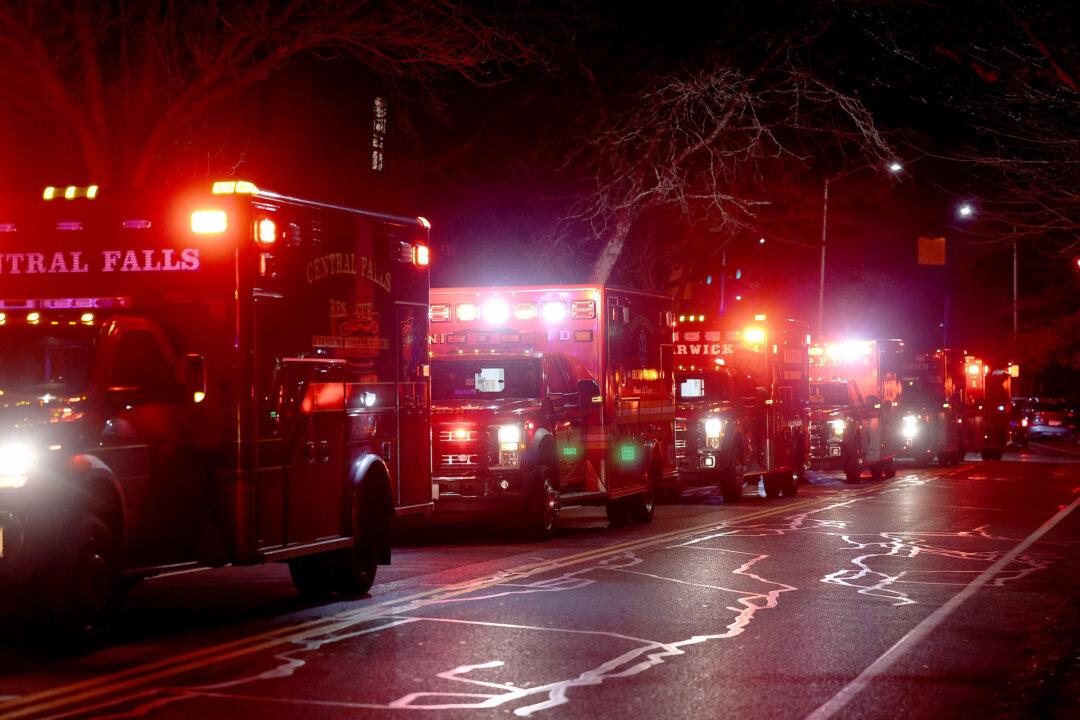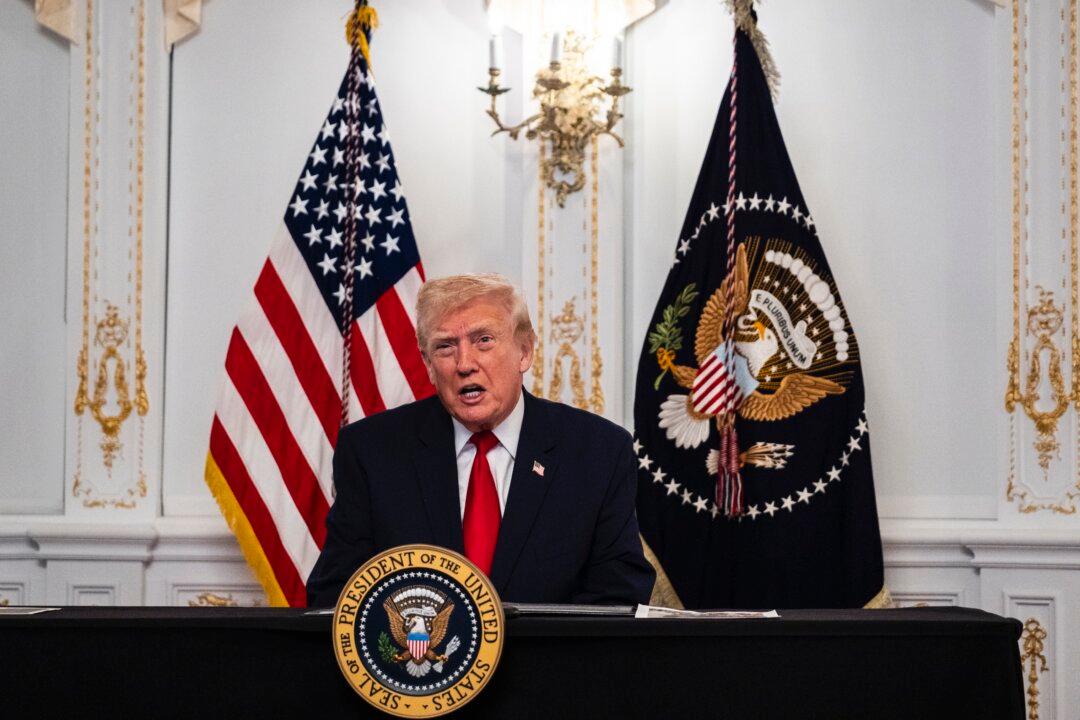As he peered through the tiny box in the center of my computer screen smiling boyishly, wondering if I could see him on my end of the Skype video call, I was struck by the playful demeanor of the modest architect-urbanist and futurist.
But after the initial introduction, he showed what I later learned was his strong attention to detail, as he was concerned that the sound quality for our interview should be “as good as possible.”
Confident and purposeful, Thomas Ugo Ermacora, 38, talks passionately, from his sprawling converted warehouse in London, about his concept, “recoding places.”
It’s a term he coined to describe his plan for sustainably fixing broken cities through microplanning and creative collaboration with the urban community.
Registered professionals from around the world experienced in architecture, planning, landscape design, and so on, as well as a variety of other consultants share ideas and plan the regeneration of a particular place through “TED-like” conferences.
Ermacora and a team of professionals then go to the site and empower the community to participate in regenerating the space, rather than just charitable giving.






